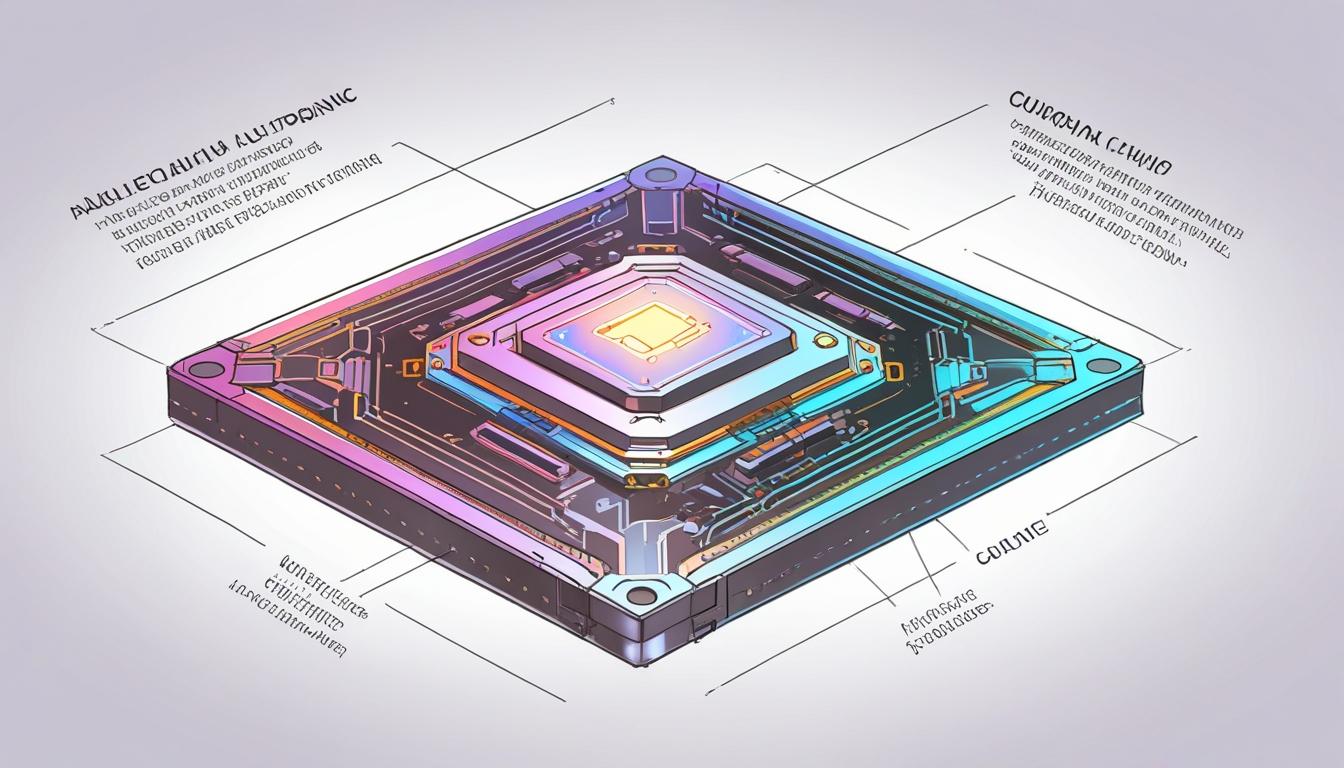Quantum Computing Inc. (QCi) has secured a notable sale of its EmuCore reservoir computing device to a leading global automotive manufacturer for research and development purposes. EmuCore, which integrates FPGA technology, is optimised for tasks such as time series prediction and image recognition, delivering high-speed performance with low power consumption and cost efficiency. This transaction represents a step towards the future deployment of QCi’s PCIe-based photonic reservoir computing units, which are engineered for AI-intensive and sensor-rich edge computing environments. Dr William McGann, QCi’s CEO, remarked that this deal not only validates their technology but also highlights rising demand across various industries for machine learning applications, particularly where energy efficiency and rapid processing are paramount.
In related developments within the automotive technology sector, Nextchip has announced it has licensed Ceva, Inc.’s NeuPro-M Edge AI Neural Processing Unit (NPU) intellectual property to enhance its forthcoming advanced driver assistance systems (ADAS). Nextchip specialises in automotive image processing and ADAS solutions and plans to utilise the NeuPro-M to improve AI performance, accuracy, and efficiency in vehicle safety systems. The NeuPro-M is noted for its capability to support Vision Transformers, enabling highly accurate object recognition and scene comprehension under complex conditions. Its scalable architecture allows a core performance range between 4 to 400 trillion operations per second (TOPs), supporting parallel processing of multiple video streams and AI models, which is essential for advanced automotive safety applications. Ceva’s NeuPro-M also features robust digital signal processing and an AI software development kit to facilitate model optimisation and deployment on edge devices. Given the anticipated growth of the global ADAS market to $122.8 billion by 2030, this collaboration is poised to position Nextchip as a key player in delivering safer and more reliable in-vehicle systems.
Meanwhile, Cadence Design Systems has expanded its partnership with semiconductor foundry TSMC to accelerate next-generation silicon development across advanced process technologies, including 3D-IC integration and cutting-edge node design. This collaboration encompasses Cadence’s AI-driven design portfolio, providing certified design flows and silicon-proven intellectual property (IP) for TSMC’s N2P, N3, and N5 process nodes, as well as the newer A16 and N3C technologies. Central to the partnership is support for TSMC’s 3DFabric® ecosystem, delivering complete chiplet-to-system solutions, along with enhanced IP tailored for AI training markets featuring technologies such as HBM3E and UCIe. Cadence’s Integrity™ 3D-IC platform aims to improve design quality outcomes, particularly in fields such as high-performance computing, automotive, and infrastructure AI applications.
On the automotive front, Cadence has broadened its design offerings by introducing TSMC-certified IP for the advanced N5A and N3A nodes, specifically optimised for automotive applications like ADAS, autonomous driving, and software-defined vehicles. The portfolio includes automotive-grade IP components such as LPDDR5X-9600 memory controllers, PCIe 5.0 interfaces, CXL 2.0 interconnects, and 25G-KR/10G multi-protocol SerDes, all designed to meet the stringent reliability and performance criteria of the automotive industry. Cadence is also advancing innovations beyond traditional Moore’s Law scaling, focusing on radio frequency (RF), photonics, and analogue design enhancements, leveraging cloud-based GPU-accelerated computing to boost efficiency in next-generation semiconductor design workflows.
In addition to these hardware developments, the Automotive Edge Computing Consortium (AECC) has published a comprehensive white paper entitled "Digital Twin Use Cases for Automobiles," exploring how digital twins combined with edge computing can transform connected vehicle services. Digital twins—virtual models that mirror physical systems in real time—enable enhanced road safety, improved driving experiences, and better environmental management. The white paper identifies three primary application areas: road traffic optimisation, personalised cruise assistance, and vehicle resource sharing. It also discusses the edge computing technologies necessary to support such applications, including data offloading strategies and opportunistic data transfers. AECC is inviting organisations to participate in its Proof of Concept programme and membership network to further innovate within connected mobility.
Collectively, these developments from Quantum Computing Inc., Nextchip with Ceva, Cadence and TSMC, and AECC highlight the accelerating technological advancements shaping the future of connected, intelligent, and efficient automotive systems.
Source: Noah Wire Services
